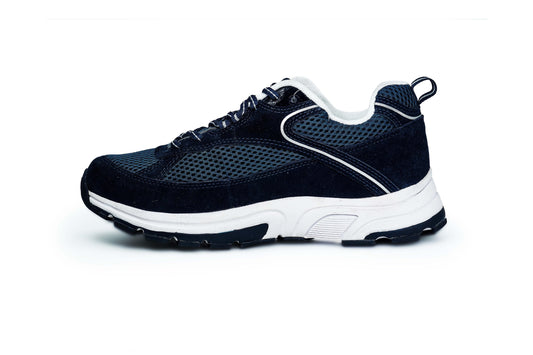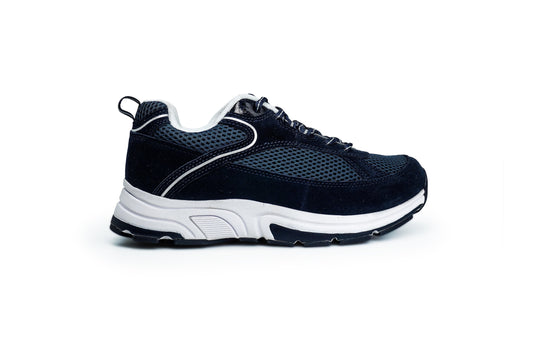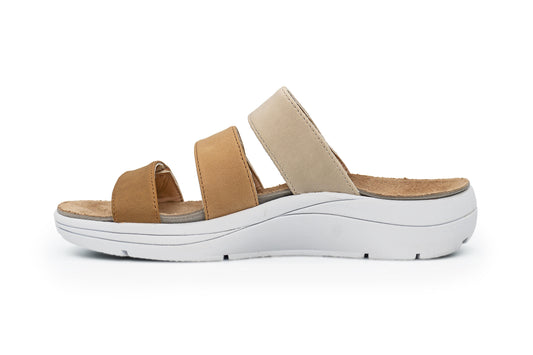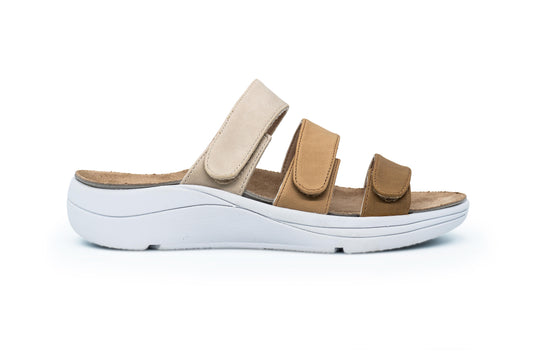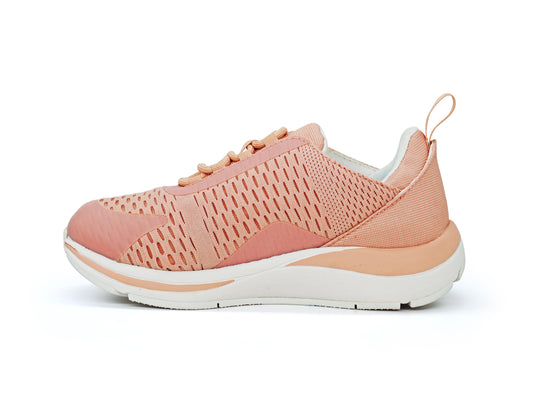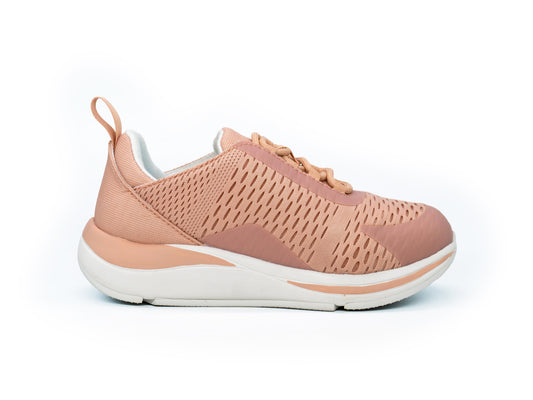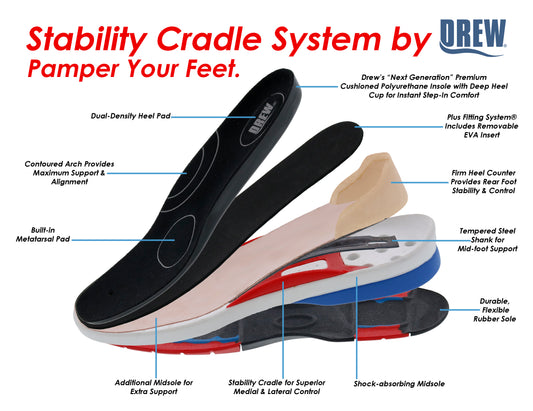Experiencing calf muscle pain can be frustrating, often limiting your ability to walk, run, or perform daily activities. The calf muscles—mainly the gastrocnemius and soleus—are essential for movement and stability. Knowing the common causes of calf pain and learning how to manage it can make a big difference in maintaining comfort and mobility.
Calf muscle pain may arise from a variety of reasons, ranging from simple overuse to more serious medical conditions. Recognizing the cause helps in choosing the right management approach.

Common Causes of Calf Pain
-
Overuse and Muscle Strain: Overstretching the muscles during sports, sudden activity, or long runs often leads to muscle strain.
-
Dehydration and Electrolyte Imbalance: Lack of hydration or low levels of key electrolytes like potassium, sodium, and magnesium can trigger painful cramps.
-
Deep Vein Thrombosis (DVT): A serious condition where a blood clot forms deep in the leg vein, accompanied by swelling, redness, and warmth. Urgent medical attention is required.
-
Peripheral Artery Disease (PAD): Narrowed arteries reduce blood flow to the legs, leading to calf pain especially while walking.
-
Achilles Tendonitis: Overuse or strain of the Achilles tendon connecting the calf muscles to the heel bone causes stiffness and pain near the heel.

-
Calf Muscle Contusion: A direct blow or trauma can bruise the calf muscle, causing swelling and tenderness.
When to Worry About Calf Pain
Most calf muscle pain subsides with self-care, but certain signs call for medical attention. Severe pain that doesn’t ease with rest, swelling or redness, sudden onset of pain without clear cause, difficulty walking, or sensations of numbness and tingling could indicate deeper issues. Seeking timely medical help prevents further complications.
Treatment Options for Calf Muscle Pain
Effective management combines rest, simple home remedies, and professional care when needed.
-
Rest and Elevation: Reducing activity and elevating the leg lowers strain and swelling.
-
Ice and Heat Therapy: Applying ice packs helps with initial inflammation, while heat later relaxes the muscles and improves circulation.
-
Compression: Compression socks or wraps support circulation and reduce swelling.
-
Stretching and Strengthening: Gentle calf stretches and exercises like calf raises enhance flexibility and prevent recurring injuries.
-
Hydration and Nutrition: Maintaining electrolyte balance through water intake and nutrient-rich foods supports muscle health.
-
Over-the-Counter Relief: Anti-inflammatory medication may be used short-term but should be guided by medical advice.
-
Medical Care: If pain persists, professional evaluation and therapies such as physiotherapy, medication, or advanced interventions may be required.
Preventing Calf Muscle Pain

Prevention plays a major role in keeping calves strong and pain-free. Warm up before workouts, progress your training gradually, and include regular stretches to maintain flexibility. Staying hydrated is essential, especially during long walks or workouts. Equally important is wearing supportive footwear. At DiabeticShoe.in, you’ll find cushioned and medically designed shoes for both men and women, ensuring comfort and reducing strain on the legs during daily activities.
Keeping Your Stride Strong
Calf pain doesn’t have to disrupt your routine. With proper self-care, smart prevention strategies, and the right footwear, you can stay active and pain-free. Choosing well-cushioned and supportive shoes from DiabeticShoe.in can make every step easier, whether you’re walking, exercising, or simply going about your day.

